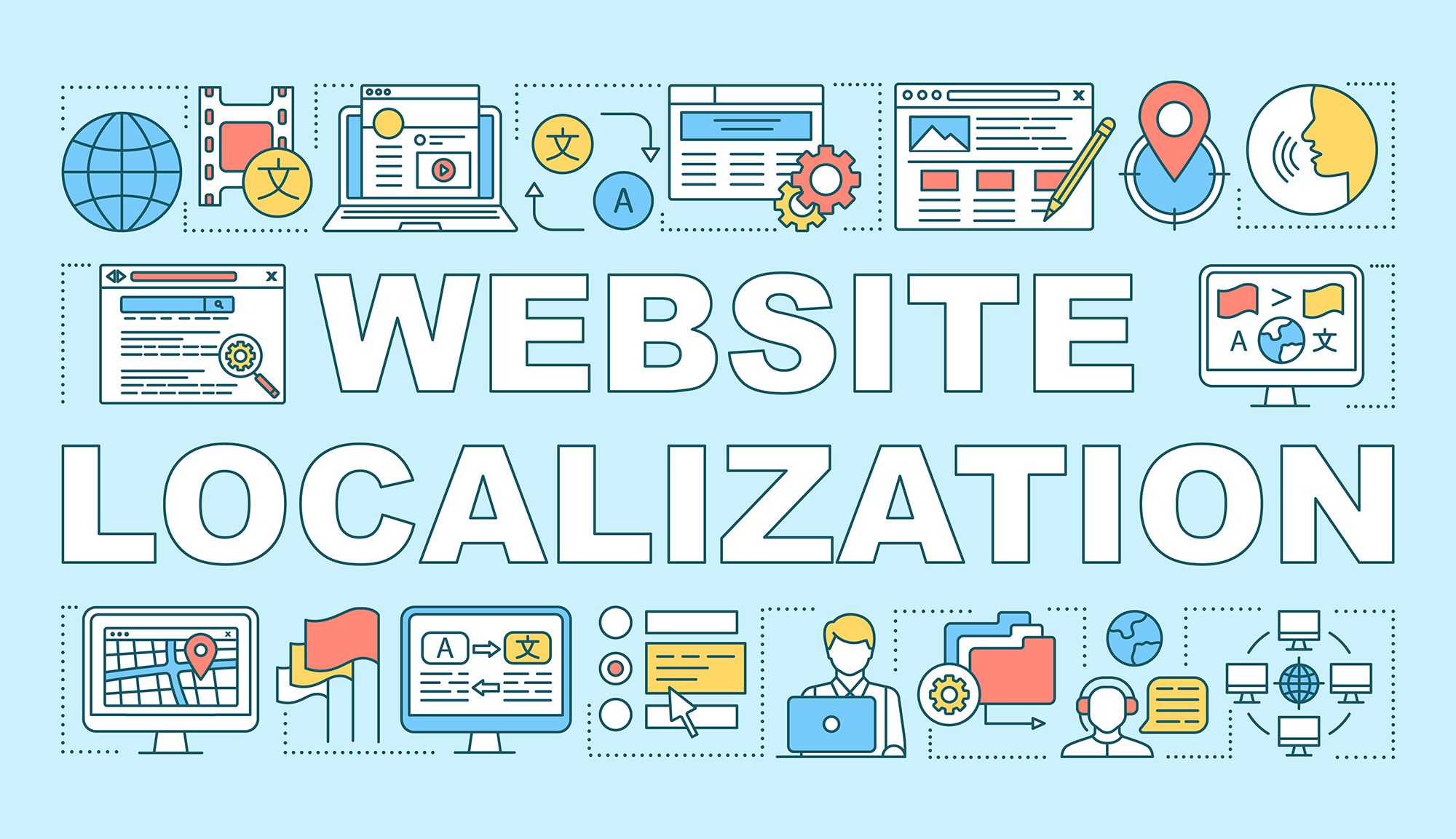Localizing your website for Japan isn’t just a nice-to-have—it’s a strategic must if you want to connect with Japanese users. Japan has a strong economy, a digitally savvy population, and unique business expectations. Without a localized site, you risk being misunderstood or ignored. This guide shows you how to do it right.
Let’s explore everything you need to know to localize your site for Japan—from language and layout to SEO and cultural fit.
What is website localization?
Your product or service is ready for Japan—but your website isn’t. That’s where localization comes in. Website localization means adapting your site for a specific local audience—not just translating the words, but also adjusting design, messaging, and functionality to match local expectations.
Localization vs. translation
Translation is converting text from one language to another. Localization goes a step further. It includes translation but also covers cultural nuances, design tweaks, and user experience elements.
Think of localization as making your website feel native to Japan—not foreign or “translated.”
Why localize your website for Japan?
English proficiency in Japan is low. According to the EF English Proficiency Index, Japan ranks #80 out of 111 countries. A 2016 Rakuten survey found only 8.7% of respondents felt confident speaking English.
Localizing your site builds trust, improves usability, and makes it easier for customers to take action.
- Boosts credibility with local users
- Improves search engine visibility in Japan
- Increases conversions and customer satisfaction

Who can help with website localization?
You have a few options for localization:
- Machine translation: Fast but low accuracy
- Freelancers: Affordable, but quality may vary
- Professional agencies: Higher cost, but better results
Choose based on your budget, goals, and content complexity.

What does website localization cost?
Costs vary depending on your site’s size, complexity, and the provider you hire. You’ll also need to account for ongoing updates, not just a one-time translation.
Think of it as an investment—done well, it pays for itself through higher engagement and conversions.

The website localization process
Here’s a simplified version of how localization typically works:
- Audit and analyze your current content
- Translate and localize content into Japanese
- Adapt visuals and layout for local preferences
- Implement changes and test usability
Whether you’re translating an existing site or building a new one, collaborate closely with your localization team.

How to choose a Japanese web design agency
Look for a partner with:
- Experience with Japanese localization
- Strong UX and SEO capabilities
- English-speaking project managers
Clear communication is key—avoid misunderstandings that could cost time and money.

Technical challenges of Japanese localization
Japanese uses four writing systems—kanji, hiragana, katakana, and romaji. Layouts may need to support vertical or horizontal text. Make sure your site handles character encoding and font rendering properly.
Test thoroughly across devices and browsers.
Handling text expansion and layout issues
Japanese translations can be longer—or shorter—than English text. This affects how text fits on buttons, menus, and banners. Make sure your layout is flexible.
Plan for responsive design and allow enough space for longer text blocks.
Make your localized site mobile-friendly
Mobile usage in Japan is high—even in B2B sectors. Optimize your localized site for small screens with fast loading, simplified navi navigation, and mobile-first design.
Domain structure: What’s best for Japan?
Decide whether to use a:
- New domain (e.g., yourbrand.jp)
- Sub-domain (e.g., jp.yourbrand.com)
- Sub-directory (e.g., yourbrand.com/jp)
Each has pros and cons. Choose based on your SEO strategy, branding, and technical resources.
| New Domain | Sub-domain | Sub-directory | |
| URL Example | yourbrand.jp | jp.yourbrand.com | yourbrand.com/jp |
| User Experience | High Localization | Moderate Localization | Lower Localization |
| SEO | Potential SEO Separation | Mixed SEO Impact | Consolidated SEO |
| Brand Identity | Strong in Target Market | Moderate | Weak |
| Management & Cost | High (multiple domains) | Moderate (1 domain) | Low (1 domain) |
Japanese SEO: What’s different?
SEO in Japan is unique. Google is dominant, but Yahoo! Japan also holds its place. And both now use Google’s algorithm.
Do Japanese keyword research from scratch—don’t just translate your English keywords.
Local keyword preferences
Japanese users often use short, precise search queries. Understand the language and culture behind their searches to target the right keywords.
Cultural and language nuances in localization
Localization isn’t just about words—it’s about making your audience feel understood. Japanese has multiple formality levels, and keigo (polite language) is often expected in business contexts.
Adapting tone, visuals, and content to suit Japanese customs shows you’re serious about doing business there.
Creating culturally appropriate content
Literal translation often misses the mark. Use culturally relevant phrases, avoid idioms that don’t translate, and align your visuals with local norms.
Localization for ecommerce websites
Japan is a massive ecommerce market. According to Statista, Amazon’s Net Sales in Japan for the year 2022, was 24.4 billion US dollars, which is fourth largest globally. But it’s not enough to localize just your product pages.
- Translate buttons and error messages (e.g., “Buy Now” = 今すぐ購入(ima sugu kounyu))
- Display prices in yen (¥)
- Offer local payment options like Konbini, COD, and bank transfers
Tailor the whole shopping experience to local habits.
Understanding Japanese consumer behavior
Japanese shoppers expect:
- Clear product info and pricing
- Excellent customer service
- Fast, polite responses to inquiries
Provide Japanese-language support and align with their service standards.
Localization tips for B2B websites
Business culture in Japan values face-to-face interactions and formal communication. Many small business prefer conservative business style, and some even fax and post services.
Adapt to their preferred communication style and expectations.
Communicating with Japanese SMEs
While English proficiency is on the rise in Japan, particularly among larger corporations, it’s important to note that many small and medium-sized enterprises (SMEs) still have very limited English language skills.
To bridge potential communication gaps, adopting a bilingual approach or providing language support can significantly enhance the quality of interactions.
Set your business up for success in Japan
Website localization is your bridge to Japan’s unique and opportunity-rich market. By tailoring your site to Japanese users, you build trust, boost visibility, and improve performance.
Ready to localize your site for Japan? Let’s create a winning strategy together.
Have questions about doing business in Japan?
We’re just a message away.


